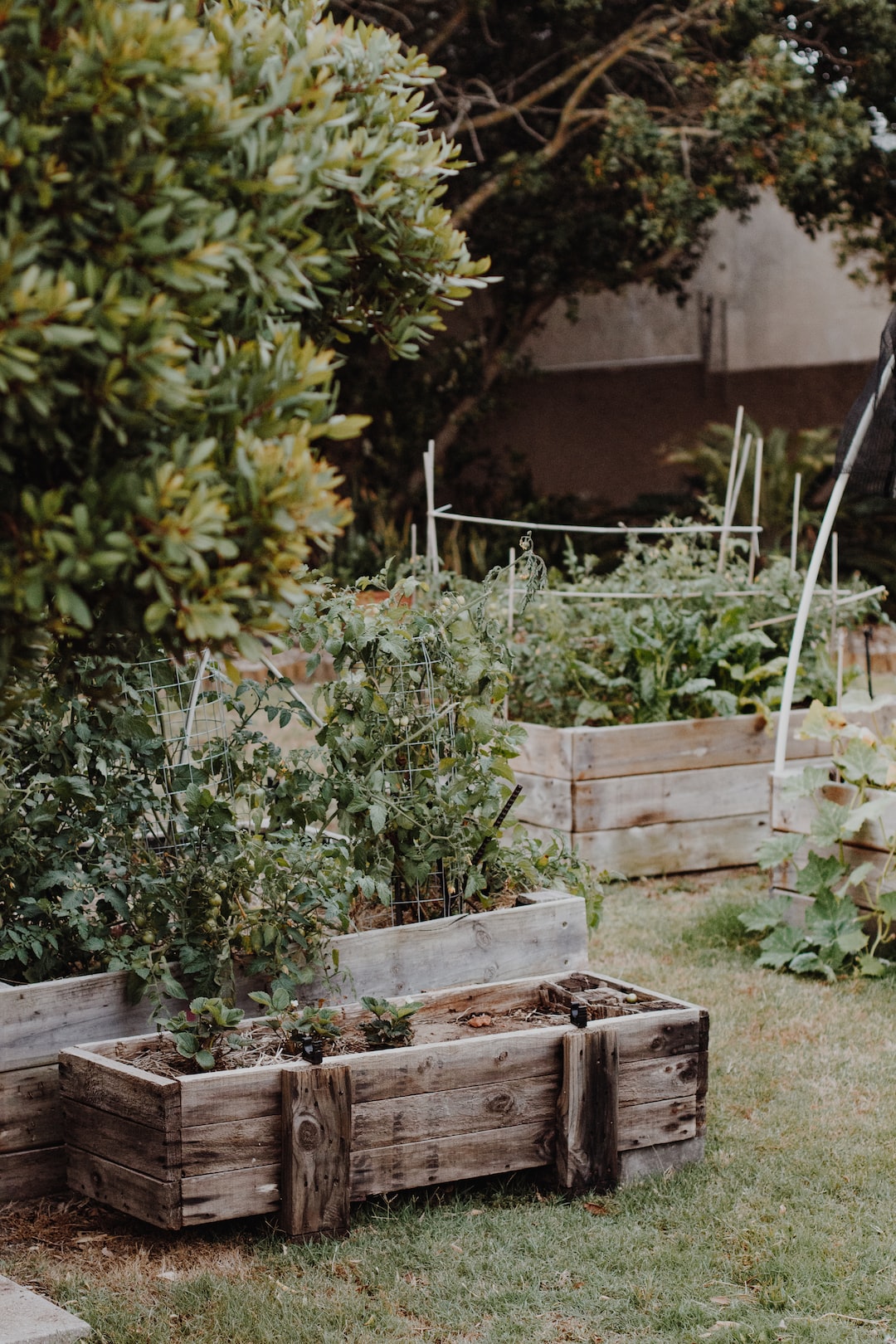If you are looking to bring tranquility, balance, and simplicity to your living space, creating a Japanese Zen garden at home is an excellent choice. A Zen garden, also known as a dry rock or meditation garden, is designed to promote mindfulness and spiritual calmness. Inspired by traditional Japanese Zen principles, these gardens provide a serene place for reflection and contemplation. Here are some essential steps to help you design your own Japanese Zen garden at home.
1. Choose the Perfect Location:
The first step in designing a Japanese Zen garden is selecting an appropriate spot in your home. Ideally, find a quiet and peaceful area, such as a corner of the backyard, patio, or even an indoor space like a sunroom or balcony. Consider the available space and ensure it has good sunlight exposure.
2. Understand Zen Garden Elements:
To truly capture the essence of a Zen garden, it’s crucial to understand its key elements. Some of the main elements are rocks, gravel, sand, water, plants, and lanterns. Rocks symbolize mountains or islands, while sand or gravel represents moving water. Water features like a small pond or fountain can enhance the overall serenity of the garden. Choose a few well-placed plants, keeping in mind simplicity and minimalism.
3. Plan the Layout:
Once you have familiarized yourself with the elements, create a rough layout plan for your Zen garden. Consider how you want the garden to flow and what visual impact you want to achieve. Japanese Zen gardens are known for their asymmetrical designs, creating a natural and harmonious feel. Balance is crucial, so aim for a visually pleasing arrangement.
4. Create a Rock Composition:
Rocks are the heart of a Zen garden and play a significant role in its design. Start by selecting a few boulders or rocks of different shapes and sizes. Place them in your garden, keeping in mind the principles of asymmetry and balance. The rocks should appear naturally placed, mimicking the ruggedness and stability of mountains or islands.
5. Add Gravel or Sand:
After creating your rock composition, add a layer of gravel or sand around the rocks to represent water or ripples. Rake the gravel or sand in gentle and flowing patterns to create a calming effect. This practice, known as “raking the waves,” is not only visually appealing but also helps promote mindfulness.
6. Introduce Water:
If space allows, adding a water feature like a small pond or fountain can amplify the soothing atmosphere of your Zen garden. The sound of trickling water combined with the visual element adds a sense of tranquility. Ensure that the water feature is in harmony with the overall layout of the garden.
7. Incorporate Simple Plants:
When selecting plants for your Zen garden, aim for simplicity and functionality. Choose low-maintenance plants that can thrive in your climate. Ornamental grasses, moss, bamboo, and small evergreens are popular choices. Arrange them sparingly but strategically to create focal points and add a touch of greenery to the overall design.
8. Enhance with Traditional Elements:
To complete the Zen garden design, consider adding traditional elements such as lanterns, stepping stones, and bamboo fences. Lanterns can be placed strategically to create a warm and peaceful ambiance during evening hours. Stepping stones can symbolize a path leading to enlightenment. Bamboo fences provide privacy and add an authentic Japanese touch.
Designing a Japanese Zen garden at home allows you to create a haven of tranquility and mindfulness. By incorporating these steps and principles, you can transform any space into a serene retreat for relaxation and self-reflection. Remember, simplicity, balance, and harmony are the key ingredients to creating an authentic and visually appealing Zen garden.

